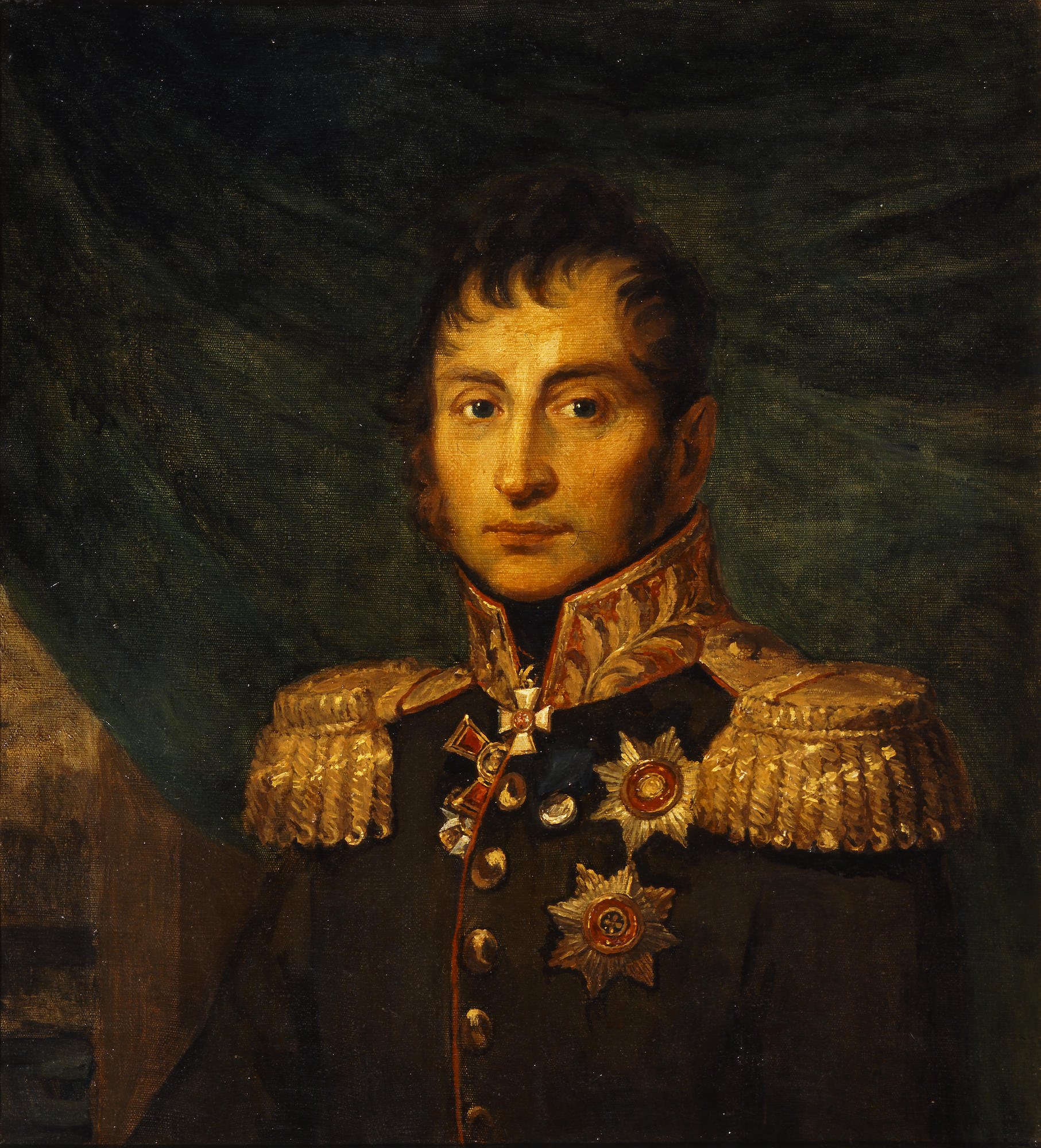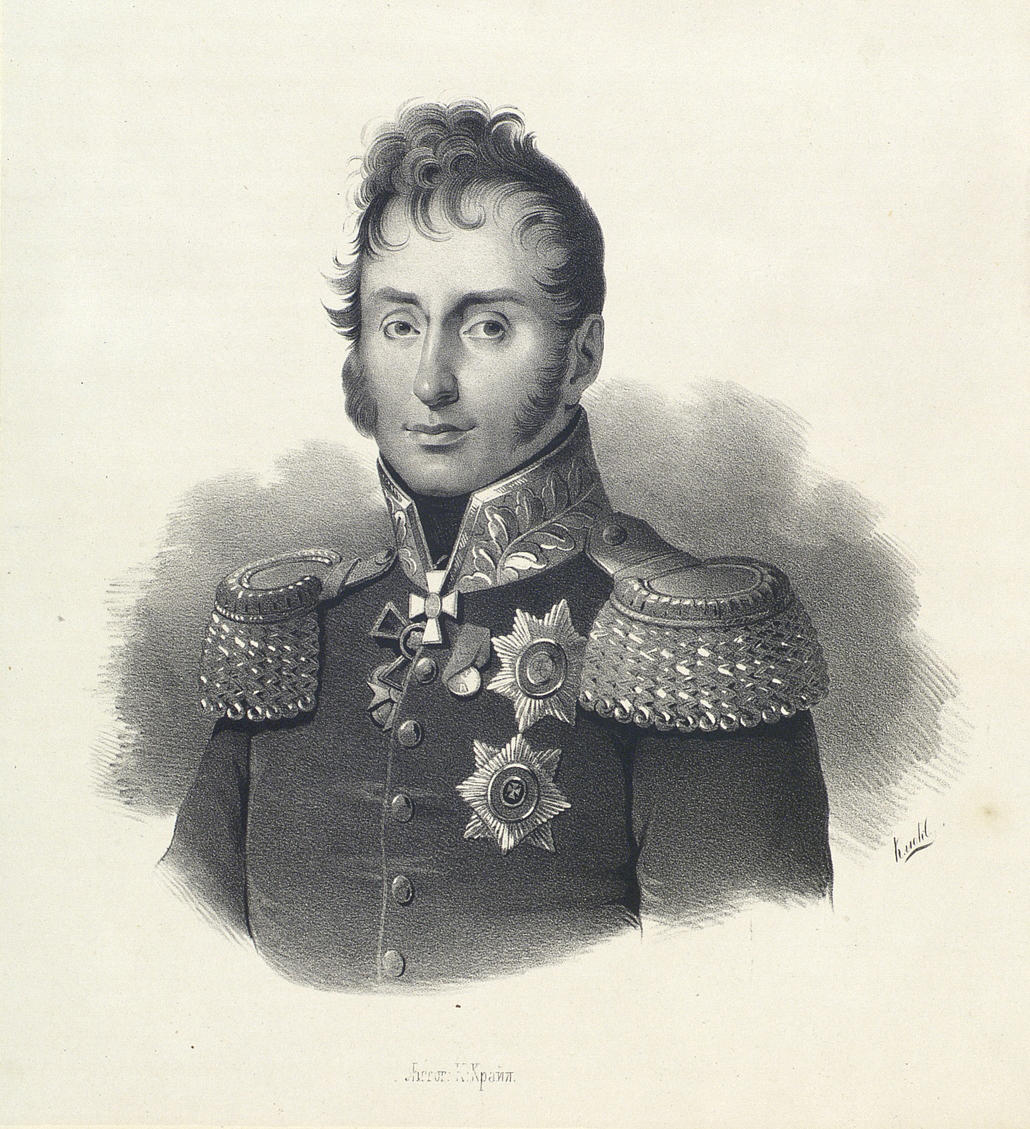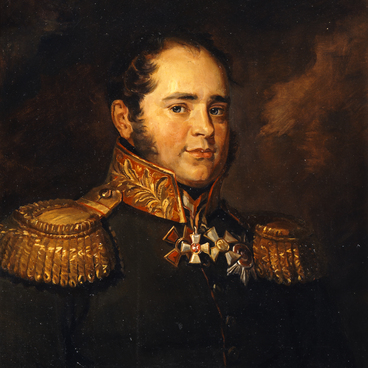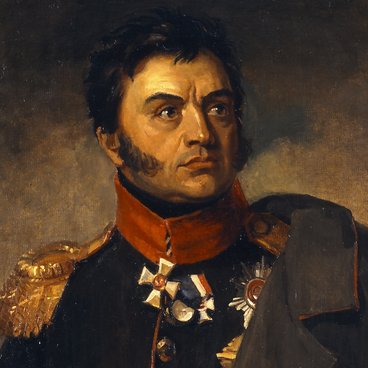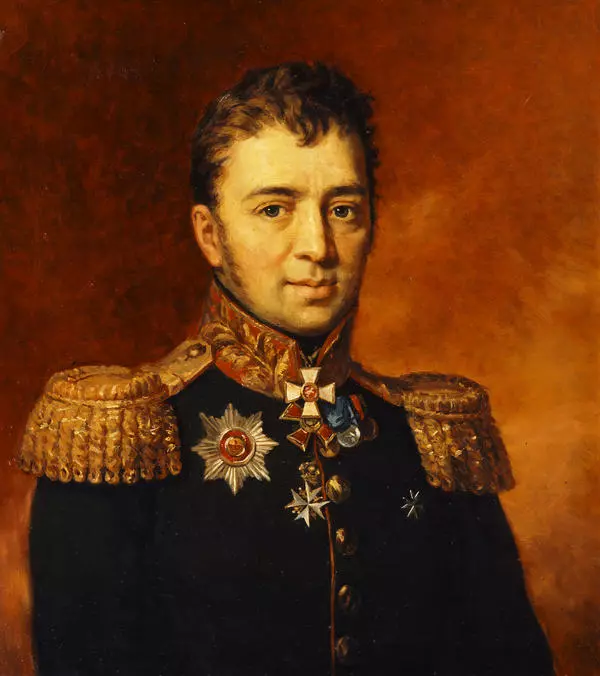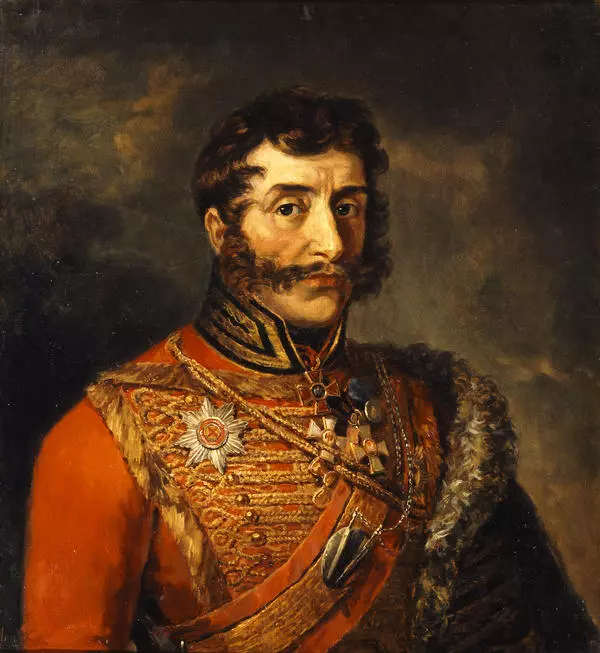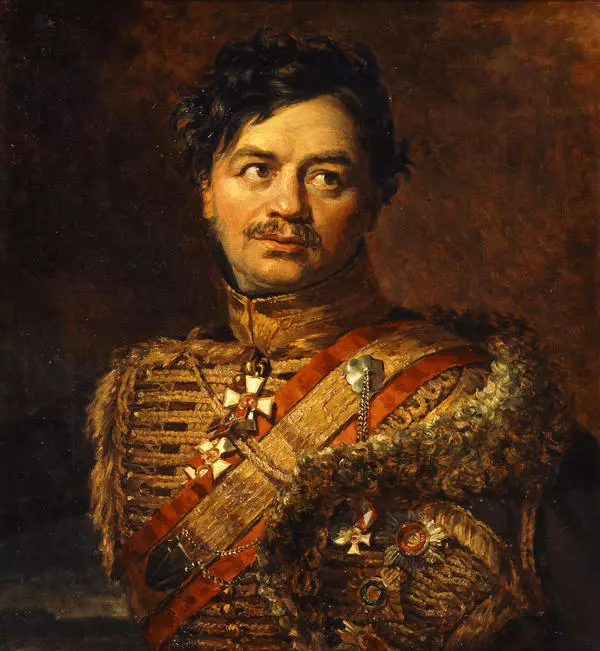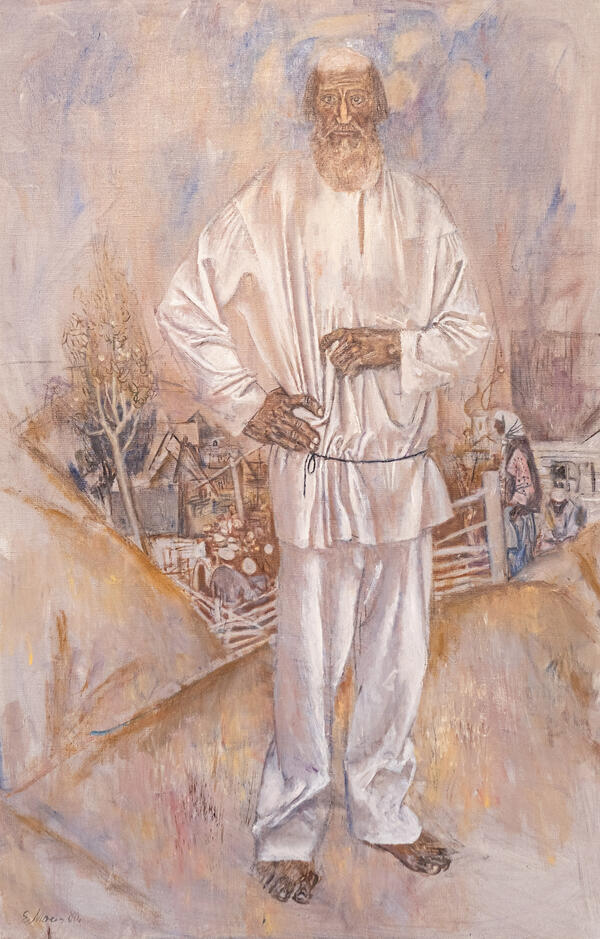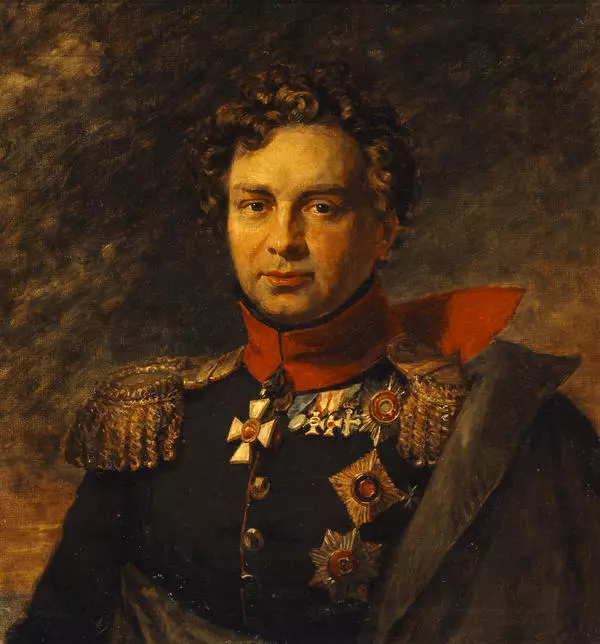Nikolai Tuchkov, a descendant of an old noble family, was born in 1765. He was the eldest of the four Tuchkov brothers who served in the Russian Army during the War of 1812, that is why he came to be referred to as Tuchkov I.
In 1773, Nikolai was enlisted as a petty officer in the Corps of Engineers. Five years later, he began his active service as an aide-de-camp to the Artillery Commander.
Tuchkov took part in the Russo-Swedish War of 1788-1790. After the war, he was transferred to the Murom Infantry Regiment and served as a battalion commander during campaigns against Polish confederates in 1792 and 1794. In October 1794, he was promoted to colonel and transferred to the Belozersky Infantry Regiment. In 1797, he was commissioned a major general and appointed Chief (honorary commander) of the Sevsk Infantry Regiment.
In 1799, General Tuchkov and his regiment joined the Swiss campaign as part of the infantry corps headed by Infantry General Alexander Rimsky-Korsakov. After an unfortunate battle at Zurich, the Russian troops were surrounded by the enemy. Tuchkov initiated a bayonet assault and succeeded in reaching Schaffhausen. In September the same year he was commissioned lieutenant general.
For merit during the 1806-1807 wars with France, Tuchkov was given the orders of St Vladimir 2nd Class and St George 3rd Class. In the battle of Preussisch-Eylau, he commanded the right wing of the Russian troops and earned distinction by launching a successful counterattack on the enemy.
On the eve of Napoleon’s invasion in Russia in 1812, Tuchkov was appointed Commander of the 3rd Infantry Corps, with which he took part in the battles of Ostrovno, Smolensk, and Valutina Gora.
In the battle at Borodino on August 26, General Tuchkov fought for the Utitsky Hill. At the tensest moment of the fighting, he personally led a Pavlovsky Grenadier Regiment counterattack and got a bullet wound in the chest. A few days later, Tuchkov died in Yaroslavl after heavy sufferings.
A shoulder-length portrait of General Tuchkov I was painted by the studio of George Dawe, a British artist, in St Petersburg in the 1820’s, a few years after the general’s death. It became part of the Military Gallery of the Winter Palace, together with the portraits of other heroes of the 1812 War. The Battle of Borodino Panorama Museum holds a 1970 replica of the original portrait.
In 1773, Nikolai was enlisted as a petty officer in the Corps of Engineers. Five years later, he began his active service as an aide-de-camp to the Artillery Commander.
Tuchkov took part in the Russo-Swedish War of 1788-1790. After the war, he was transferred to the Murom Infantry Regiment and served as a battalion commander during campaigns against Polish confederates in 1792 and 1794. In October 1794, he was promoted to colonel and transferred to the Belozersky Infantry Regiment. In 1797, he was commissioned a major general and appointed Chief (honorary commander) of the Sevsk Infantry Regiment.
In 1799, General Tuchkov and his regiment joined the Swiss campaign as part of the infantry corps headed by Infantry General Alexander Rimsky-Korsakov. After an unfortunate battle at Zurich, the Russian troops were surrounded by the enemy. Tuchkov initiated a bayonet assault and succeeded in reaching Schaffhausen. In September the same year he was commissioned lieutenant general.
For merit during the 1806-1807 wars with France, Tuchkov was given the orders of St Vladimir 2nd Class and St George 3rd Class. In the battle of Preussisch-Eylau, he commanded the right wing of the Russian troops and earned distinction by launching a successful counterattack on the enemy.
On the eve of Napoleon’s invasion in Russia in 1812, Tuchkov was appointed Commander of the 3rd Infantry Corps, with which he took part in the battles of Ostrovno, Smolensk, and Valutina Gora.
In the battle at Borodino on August 26, General Tuchkov fought for the Utitsky Hill. At the tensest moment of the fighting, he personally led a Pavlovsky Grenadier Regiment counterattack and got a bullet wound in the chest. A few days later, Tuchkov died in Yaroslavl after heavy sufferings.
A shoulder-length portrait of General Tuchkov I was painted by the studio of George Dawe, a British artist, in St Petersburg in the 1820’s, a few years after the general’s death. It became part of the Military Gallery of the Winter Palace, together with the portraits of other heroes of the 1812 War. The Battle of Borodino Panorama Museum holds a 1970 replica of the original portrait.
